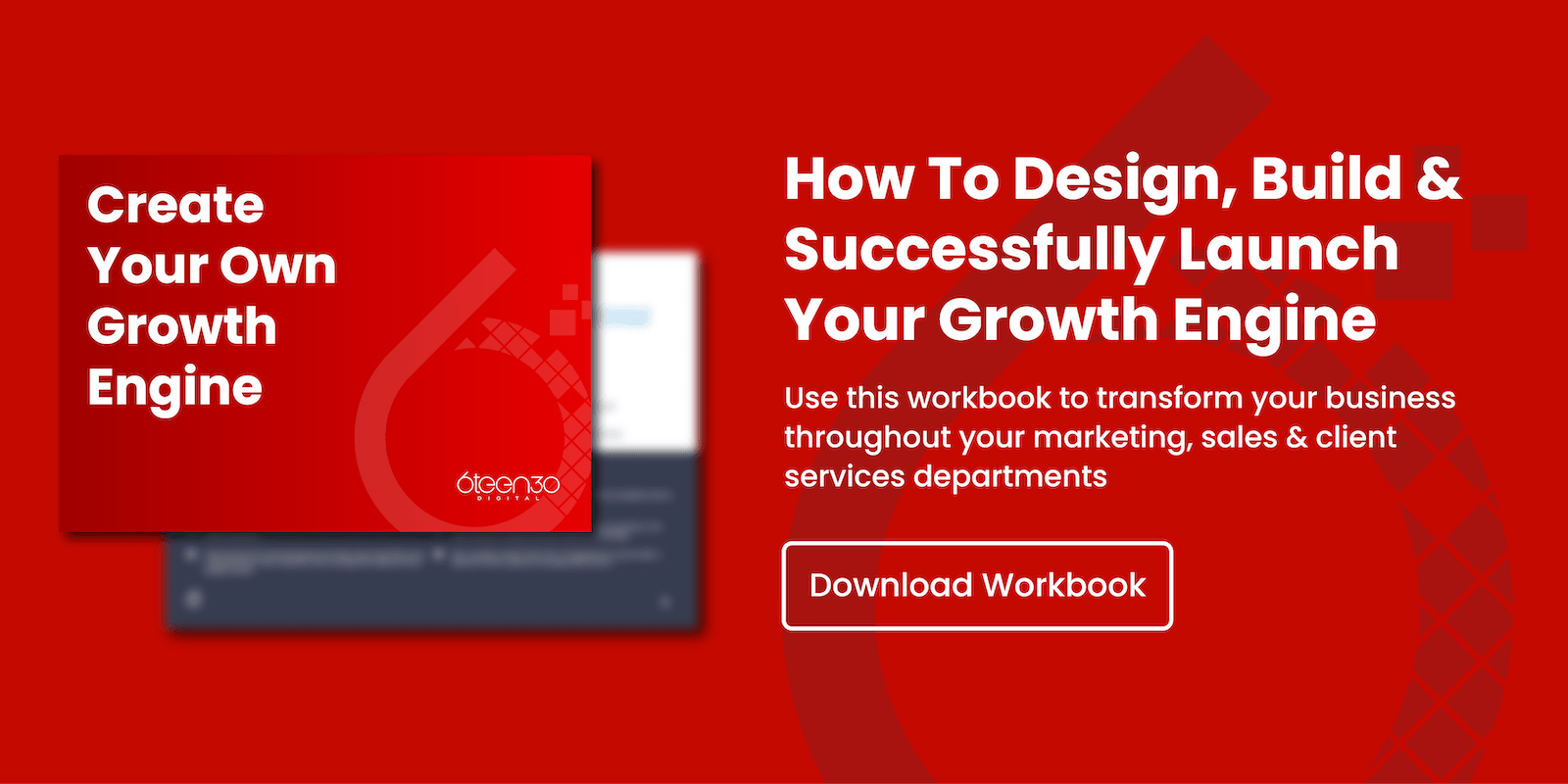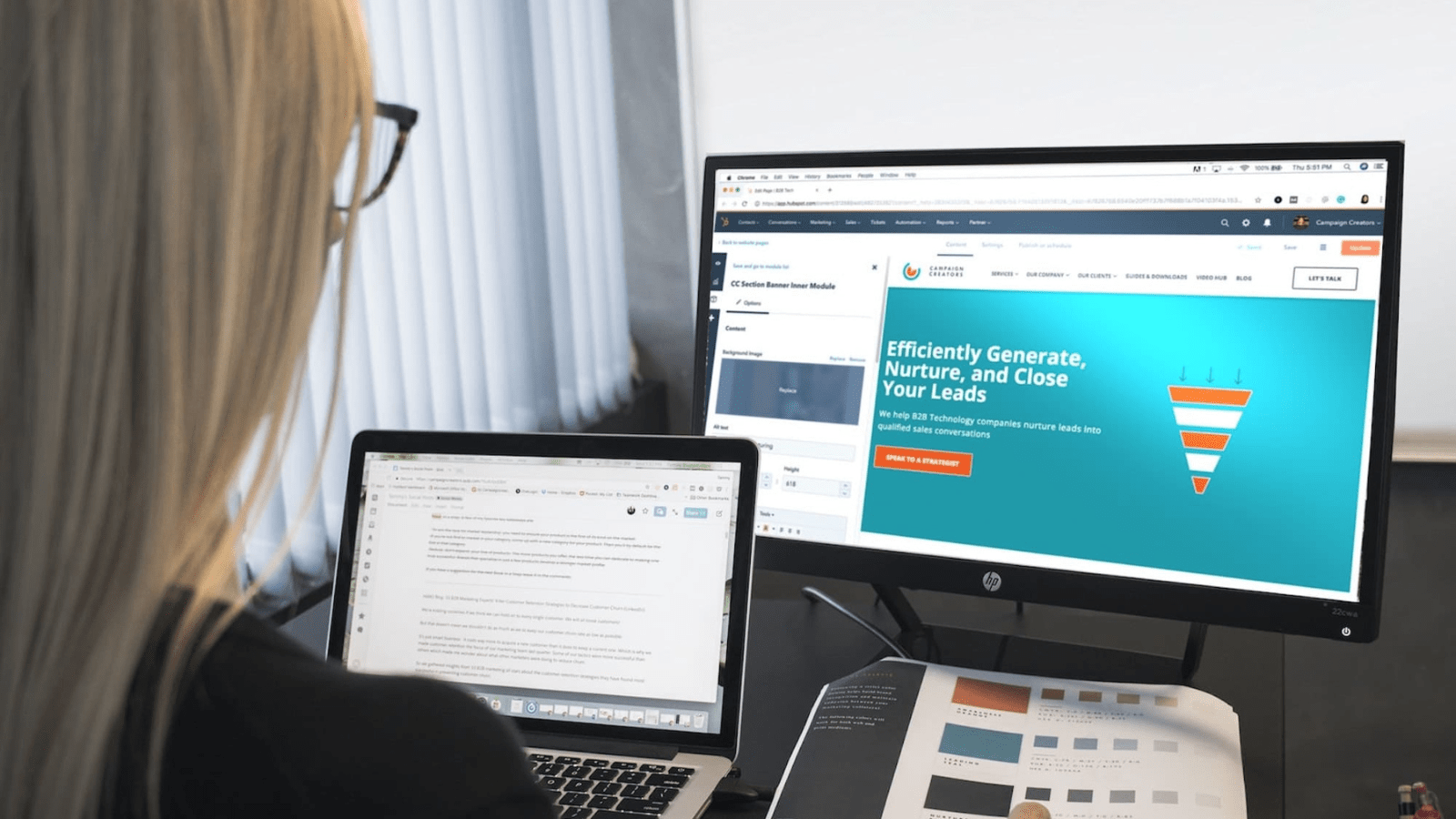I'd like you to think about call to actions and how you're using them, and if you're using them with the right sort of mix and context.
CTA Definition
So, for those just getting started, call to action, CTA it's often referenced as is something where people can convert online, whether that's located on a
- Web page
- Landing page
- Popup
- Live chat, or an automated bot
It's somewhere where people are going to click a button/link and take the next step.
The Sign Up For Our Newsletter Waste of Time CTA
Recently, I've been doing a number of website audits for a specific sector in the financial and professional services areas. And whilst some sites have ‘Call to Actions’, (excluding the ‘Sign up to our Newsletter’ call to actions) because they're the lowest percentage converting CTA ever, ask yourself who wants to sign up for a newsletter, unless you've got some seriously free valuable information warming up your inbox weekly? I found a wide range of different strategies. What I’d like to highlight in this article are the two different types of CTA’s.
The CTA Type Audit on Your Website
There are two key CTA types, a ‘Direct CTA’ and an ‘Indirect CTA.’ When I ask clients or prospects why they don't have direct or indirect CTA's on their sites, they sometimes look puzzled, asking what is the difference? This article explains it a little bit more and gives you an idea so you can go back to your website and look at the key pages and assess your own position.
Key Pages Clarification
I'm not talking about the contact us page, although that will have a form on there of some description. I'm talking about your homepage, I'm talking about your key service pages and your key landing pages.
Direct CTA’s
A direct CTA is something where when clicked it gets people to take a ‘bottom of funnel’ action. So, it could be something like
- Book a call,
- Book an appointment
- Buy a product
- Add to car
- Register for a paid seminar
- Buying a ticket for an event
That is a direct CTA, it's directly impacting ... this is my analogy, by the way, directly impacting revenue or the actions they take towards becoming a customer at the lower end of the funnel/sales process.
Indirect CTA’s
An indirect CTA is where a lot of people either haven't associated it as taking the final action, maybe they don't understand it, or just have never come across it before, or even thought it was relevant. It is where they're not quite ready to go all-in and become a customer or make that purchase, but they may need more information. So, that could be an action where they click to
- Watch a webinar
- Download an ebook
- Download a checklist
- Download a cheat sheet,
- Download an infographic
So, it's where they're moving from point A to point B in their buying journey. So from ‘Awareness Stage’ to ‘Consideration Stage’, Or if they're in the consideration stage already, they may be seeking further information.

Moving through The Buyer's Journey
A typical example of that, the prospect may have downloaded a lead magnet already, like an ebook, then when they're further in the consideration stage as a result. To follow the lead magnet they click to access more information like:
- A tripwire checklist
- A tripwire webinar
- A free networking event to attend with an upsell at the end,
- A video to watch of some speakers
- A video training series such as three video mini-series
CTA Differences Recap
- A direct CTA is where they're taking action to become a customer, it might be buying a product, book a call, book a consultation, book an appointment.
- An Indirect CTA is where they're gathering more information and you're providing that to move them forward in their buying journey.
CTA Placement Best Practises
What's the best practise for placement of your CTA’s? There are different views on that as there always is, but here's our take on it.
CTA Placement Best Practises - Home Pages
When you hit the homepage of the website, your direct CTA wants to be top-right. Clearly positioned in the top right - whatever you want them to do,
- Book a call
- Buy
- Sign up for your software
Position these in that top right area. And then above the fold, and by above the fold we're talking on a 15-inch laptop can they see without having to scroll? What we would then expect to see is at least a direct and an indirect CTA side by side.
So, it could be an Indirect CTA that says ‘Learn More’ in our case it would be about our 7-step Growth Engine framework and a Direct CTA of ‘Book a Consult’ by its side.
CTA Placement Best Practises - Services Pages
It is likely that on your service page you will have already have on the services page
- A video
- An explainer
- An infographic
We like to steer visitors straight into an indirect CTA,
- Want to learn more?
- Sign up for the webinar
- Download the cheat sheet
- Download the workbook
Or whatever that additional information might be. And then maybe halfway down, or on the specific key testimonials areas have a link to a Direct CTA
- Book a consult
- Buy now
So, they're seeing the social proof and then drop straight into taking a direct CTA action.
CTA Summary & free Web Audit Offer
I hope that's been helpful for you and you understand a little bit more about CTA's, direct and indirect, and also some key tips about where to place them. If you've got any questions or queries, just drop me a message below, we'll get those answered for you.
And screenshot your website, let me do a grade on it and I'll give you some tips on how to improve that. So, as always we appreciate your continuing your growth engine development, go do the hustle, go make it happen, and we'll catch up with you on a Growth Engine Daily real soon.









%20-%20Teal.png?width=500&height=130&name=Force%20%26%20Friction%20-%20Branding%20-%20Logo%20(White)%20-%20Teal.png)